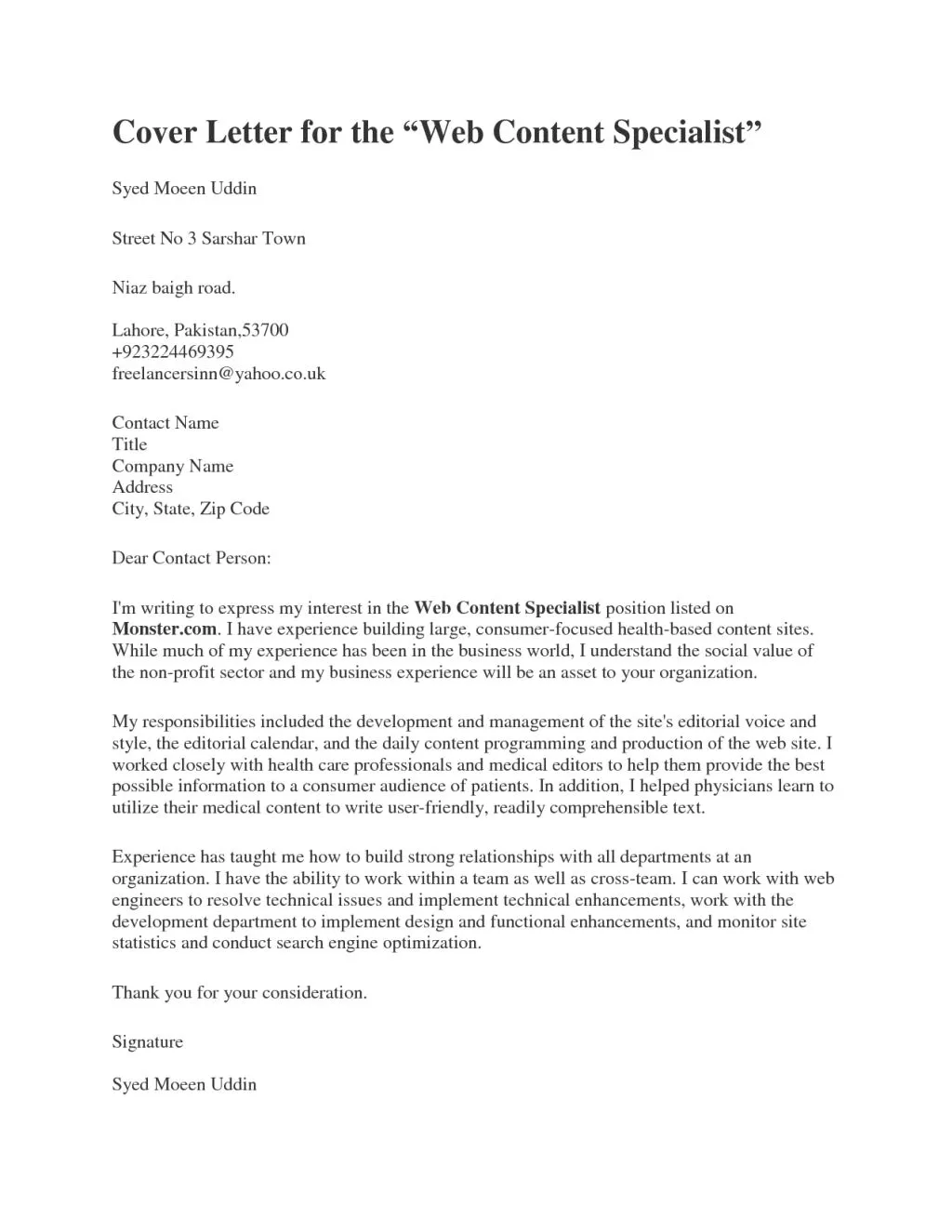Understanding the Challenge of Addressing a Cover Letter Without a Name
Writing a cover letter is a crucial step in the job application process, often serving as your first introduction to a potential employer. One of the fundamental aspects of crafting a compelling cover letter is addressing it correctly. Ideally, you’d address it to a specific person, the hiring manager or the person responsible for reviewing applications. However, what happens when you don’t know the name of the person you should address the cover letter to? This is a common dilemma, and navigating this situation requires careful consideration and strategic approaches. The absence of a name presents a unique challenge but shouldn’t deter you from submitting a polished and professional application.
Why You Might Not Know the Hiring Manager’s Name
There are several reasons why the hiring manager’s name might be elusive. In some cases, the job posting itself doesn’t provide the name, perhaps to protect the privacy of the hiring team. Larger companies might not always list a specific contact for applications, especially if they have a dedicated HR department that handles the initial screening. Additionally, some job postings are managed by recruitment agencies, and the name of the direct hiring manager might not be disclosed upfront. Sometimes, the information simply isn’t readily available on the company website or through other online resources. Whatever the reason, the lack of a name requires you to adapt your approach.
Common Reasons for a Name-less Application
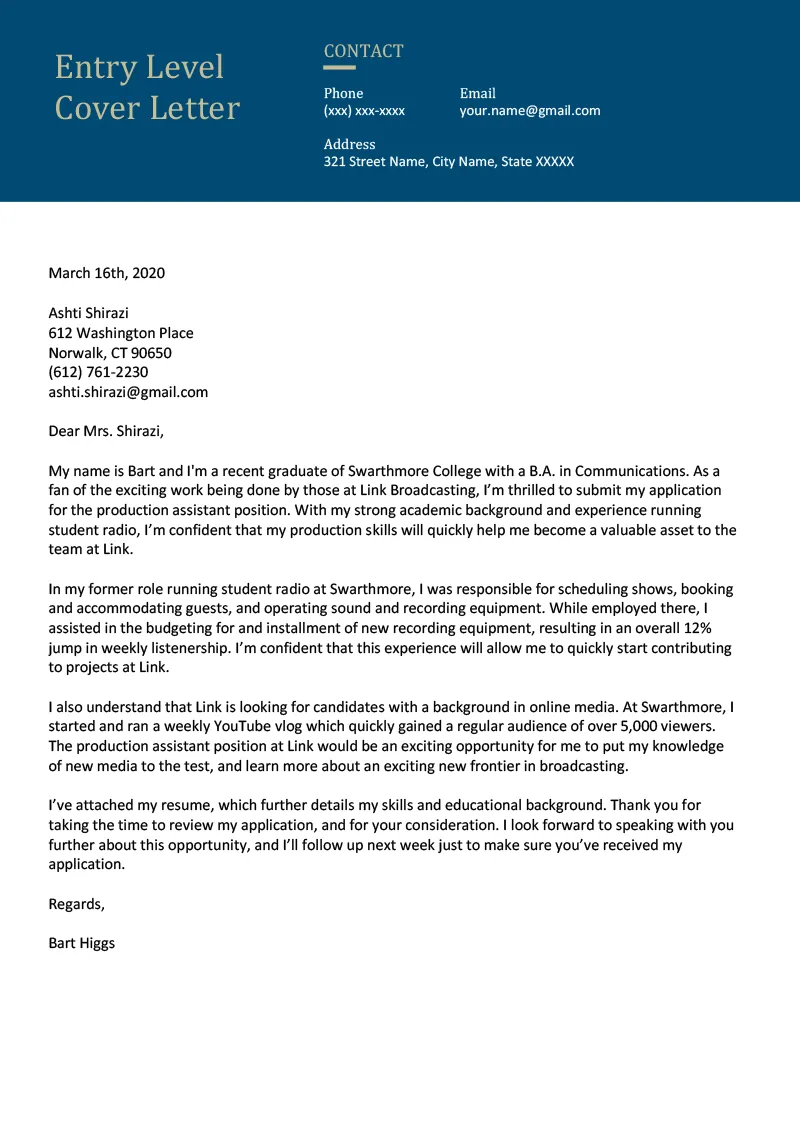
The lack of a specific contact person is common in many scenarios. It could be an entry-level position where the HR department handles initial screening. Or, it may be a situation where the company wants to remain anonymous during the initial stages of the recruitment process. Furthermore, a company may be experiencing high volume of applications and prefer to remain generic for the initial interactions. The reasons vary, but the solution involves adapting your cover letter address appropriately. Remember, the goal is to demonstrate professionalism and respect, even when specific information is missing.
Strategies for Addressing Your Cover Letter
When you don’t have a specific name, you need to rely on alternative approaches to address your cover letter. The key is to maintain a professional tone and to show that you’ve given consideration to the recipient. There are several methods you can adopt, each with its own nuances. The best choice depends on the specific circumstances and the information available to you. The following strategies are designed to ensure your cover letter is both respectful and effective in capturing the reader’s attention.
Using General Greetings
In the absence of a name, you can employ general greetings that are widely accepted in professional correspondence. These greetings are designed to be inclusive and to avoid the awkwardness of an unknown recipient. While not ideal, these alternatives are certainly better than leaving the greeting blank. Choosing the right general greeting will depend on the context of your application and the overall tone you wish to convey. These ensure you still begin the letter on a respectful note.
Alternatives to ‘To Whom It May Concern’

The greeting ‘To Whom It May Concern’ is generally considered outdated and impersonal. While it was once a common practice, it now may make you seem out of touch. Instead, opt for more contemporary options. Some alternatives include ‘Dear Hiring Team’ or ‘Dear [Department Name] Hiring Manager’. These alternatives feel more direct and personal while still maintaining a professional distance. It shows you are actively trying to address the correct person and department.
When to Use ‘Dear Hiring Manager’
The greeting ‘Dear Hiring Manager’ is a widely accepted and professional alternative. It is a safe and often suitable choice. This greeting is appropriate when you cannot find the hiring manager’s name. It acknowledges the role and conveys respect for the person who will be reviewing your application. This is particularly useful if the job posting explicitly states that applications should be directed to the ‘Hiring Manager’. It demonstrates that you have paid attention to the details of the job posting.
Researching for the Hiring Manager’s Name
Before resorting to a general greeting, take some time to investigate whether you can uncover the hiring manager’s name. This added effort can make your application stand out, signaling that you’re thorough and proactive. The search may require some detective work, but the rewards are well worth the effort. It demonstrates initiative and a desire to connect on a more personal level. It shows the reader that you are committed to going the extra mile.
Finding Contact Information
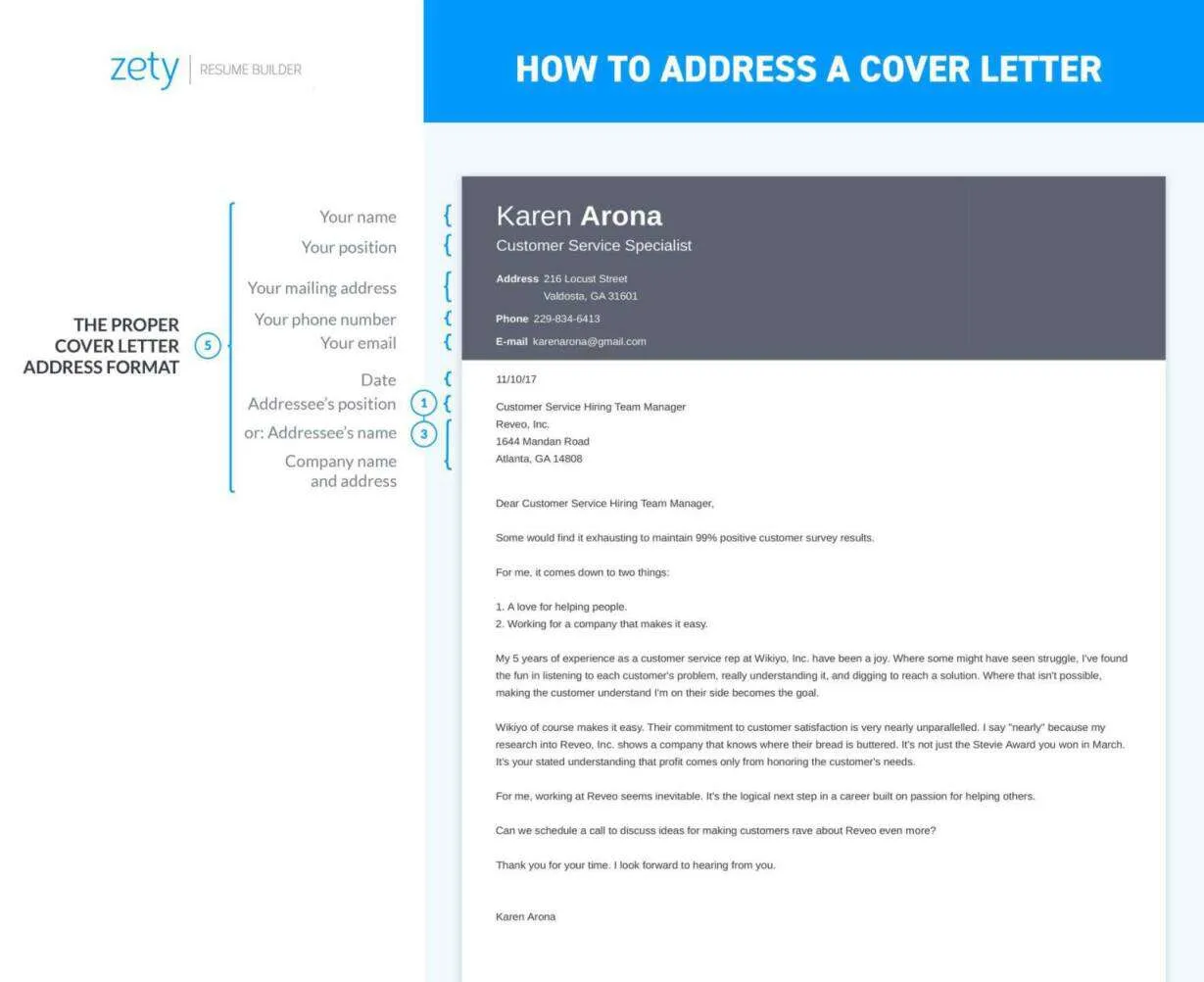
If you want to find the hiring manager, you can find it from several resources. Start by checking the job posting and the company website. The job posting might include a contact name or information. Additionally, you can look at the company’s ‘About Us’ or ‘Team’ pages. If the company has a social media presence, such as LinkedIn, you may be able to identify the hiring manager or someone in the relevant department. Always ensure any information you find is current and accurate before using it.
Using LinkedIn and Company Websites
LinkedIn is an invaluable resource for professional networking and research. Use LinkedIn to search for the company and look for employees in the department or those with the title of ‘Hiring Manager’ or similar. The company website can provide clues, especially in the ‘About Us’ section or in the ‘Careers’ section. Many companies list their team members or department heads on their website. By taking the time to find the name of the hiring manager, you personalize your cover letter and show your genuine interest in the position.
Formatting Your Cover Letter Address
Once you’ve determined how to address your cover letter, the formatting is crucial. Proper formatting ensures that your cover letter looks professional and polished. The layout and placement of your address, along with a clear, concise tone, will create a positive first impression. Poor formatting can detract from the content of your cover letter, regardless of how well-written it is.
Placement of the Address
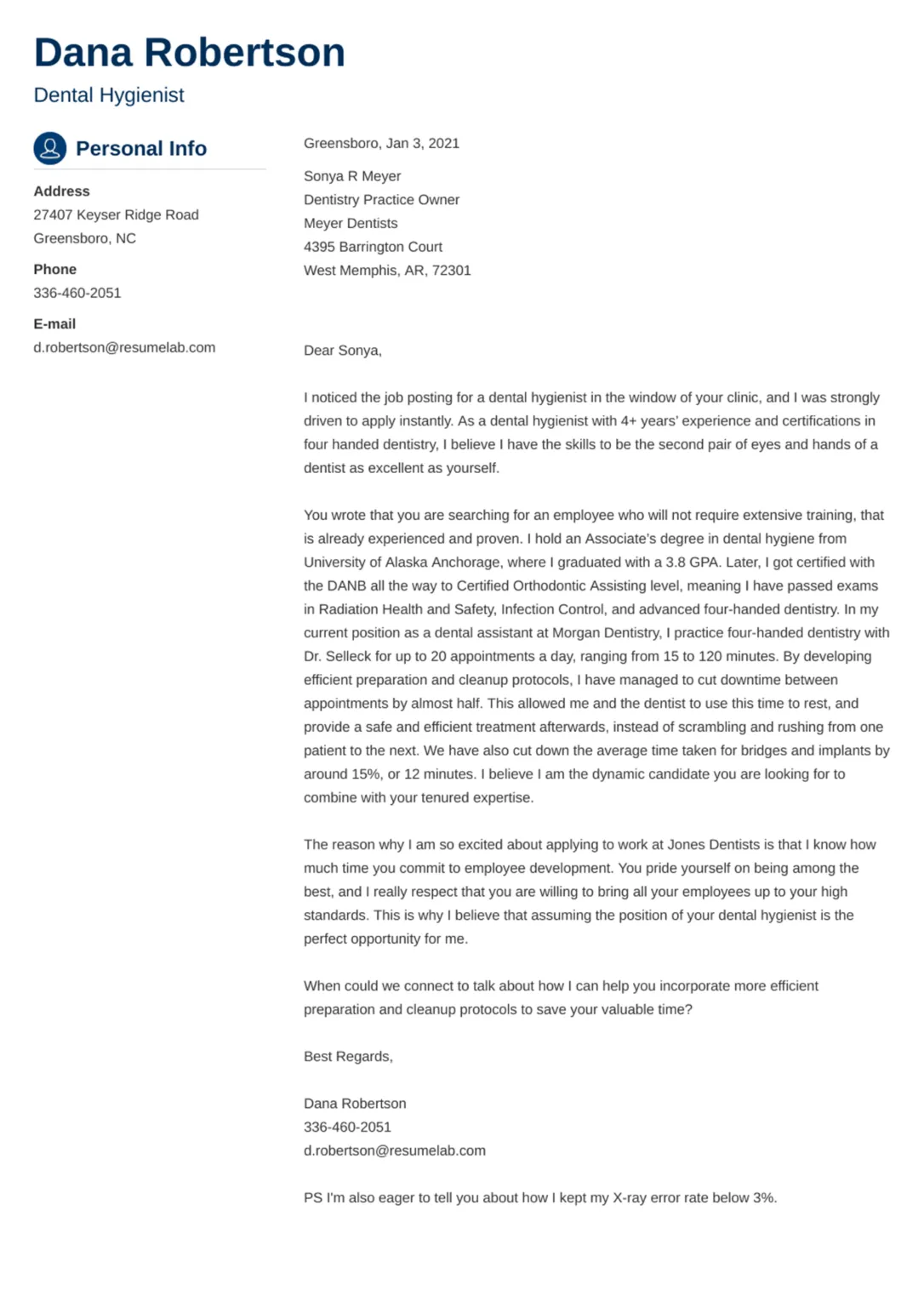
The address block is typically placed at the top of your cover letter, just below your own contact information. Include the date, followed by the recipient’s name and title (if known), company name, and company address. When you don’t have a specific name, use a general greeting like ‘Dear Hiring Manager’ or ‘Dear [Department Name] Hiring Team’. Ensure the layout is clean, with consistent margins and font style. Proper formatting creates a positive impression, showing your attention to detail and professionalism. Also, make sure you are following the instructions provided in the job posting.
Professional Tone and Closing
Maintain a professional and respectful tone throughout your cover letter, especially when addressing the recipient. Use formal language and avoid slang or contractions. The closing is equally important. A standard closing such as ‘Sincerely,’ or ‘Best regards,’ is always appropriate, followed by your typed name. This indicates your application’s formality and shows respect for the reader’s time and effort. Your tone should reflect your qualifications and your understanding of the company’s culture.
Importance of a Professional Closing
A professional closing provides a polished conclusion to your cover letter. The closing is your last opportunity to leave a positive impression. Choose a closing that is appropriate to the level of formality of your cover letter. Options like ‘Sincerely,’ ‘Best regards,’ and ‘Thank you for your consideration’ are suitable. After the closing, leave a space and type your full name. If you are submitting a printed cover letter, leave space for your signature. The correct closing conveys professionalism and respect.
Examples and Templates
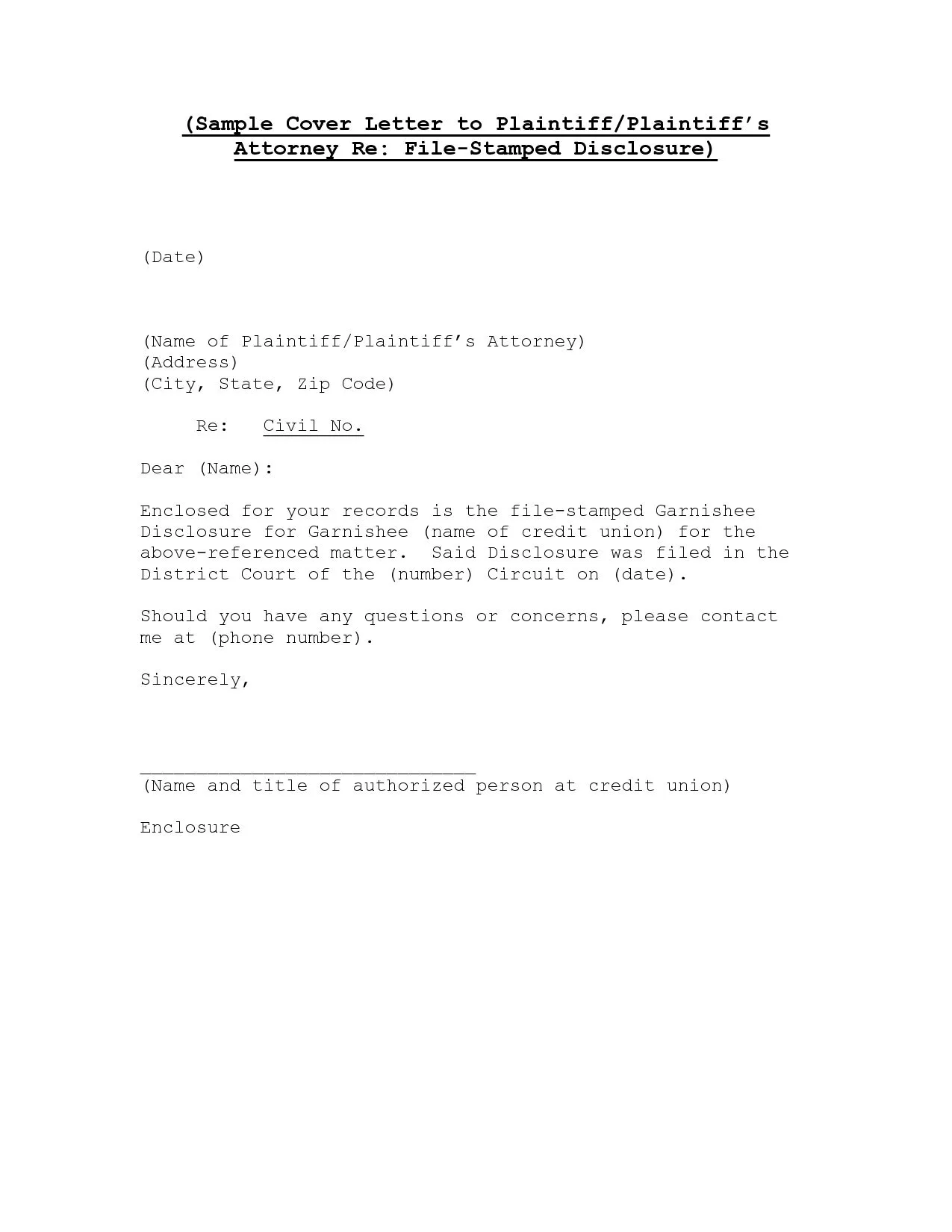
To assist you in crafting your cover letter, several examples and templates are available. These can serve as a starting point and guide you through the process. Tailor the examples to fit your specific situation, making sure the content aligns with the job requirements and your personal qualifications. Utilizing these templates will ensure your cover letter is both well-formatted and professional.
Sample Cover Letter Addresses
Here are a few examples of how to address your cover letter when the name of the hiring manager is unknown. These examples are designed to fit different situations and to ensure you can apply these principles. Remember, your goal is to show professionalism and respect. Here are some options to follow: Dear Hiring Manager; Dear [Department Name] Hiring Team; Dear Human Resources Department.
Templates You Can Adapt
Using a cover letter template can save you time and ensure your document is well-structured. Many online resources offer cover letter templates for different industries and positions. Choose a template that aligns with your needs. Then, personalize it by adding your own information and tailoring the content to match the job description. Be sure to adapt the template to match your unique skills and experience.
Mistakes to Avoid

While addressing a cover letter without a name, it’s crucial to be aware of common mistakes. Avoiding these errors ensures your cover letter is well-received and gives you the best possible chance of getting noticed. Proper formatting and thoughtful word choices will elevate your application. These common mistakes can inadvertently undermine the impact of your application.
Incorrect Greetings
Avoid outdated and impersonal greetings. As mentioned before, the greeting ‘To Whom It May Concern’ is best avoided. This phrase can make your cover letter seem generic and can convey a lack of attention to detail. Instead, opt for more appropriate greetings, like ‘Dear Hiring Manager.’ Ensure you choose an option that feels appropriate for the company’s culture.
Typos and Formatting Errors
Typos and formatting errors can undermine your credibility. Always proofread your cover letter carefully before submitting it. Check for spelling mistakes, grammatical errors, and inconsistencies in formatting. Make sure your font is readable, and the spacing is consistent. An error-free cover letter demonstrates your attention to detail. It conveys that you value professionalism and are willing to make an extra effort.
